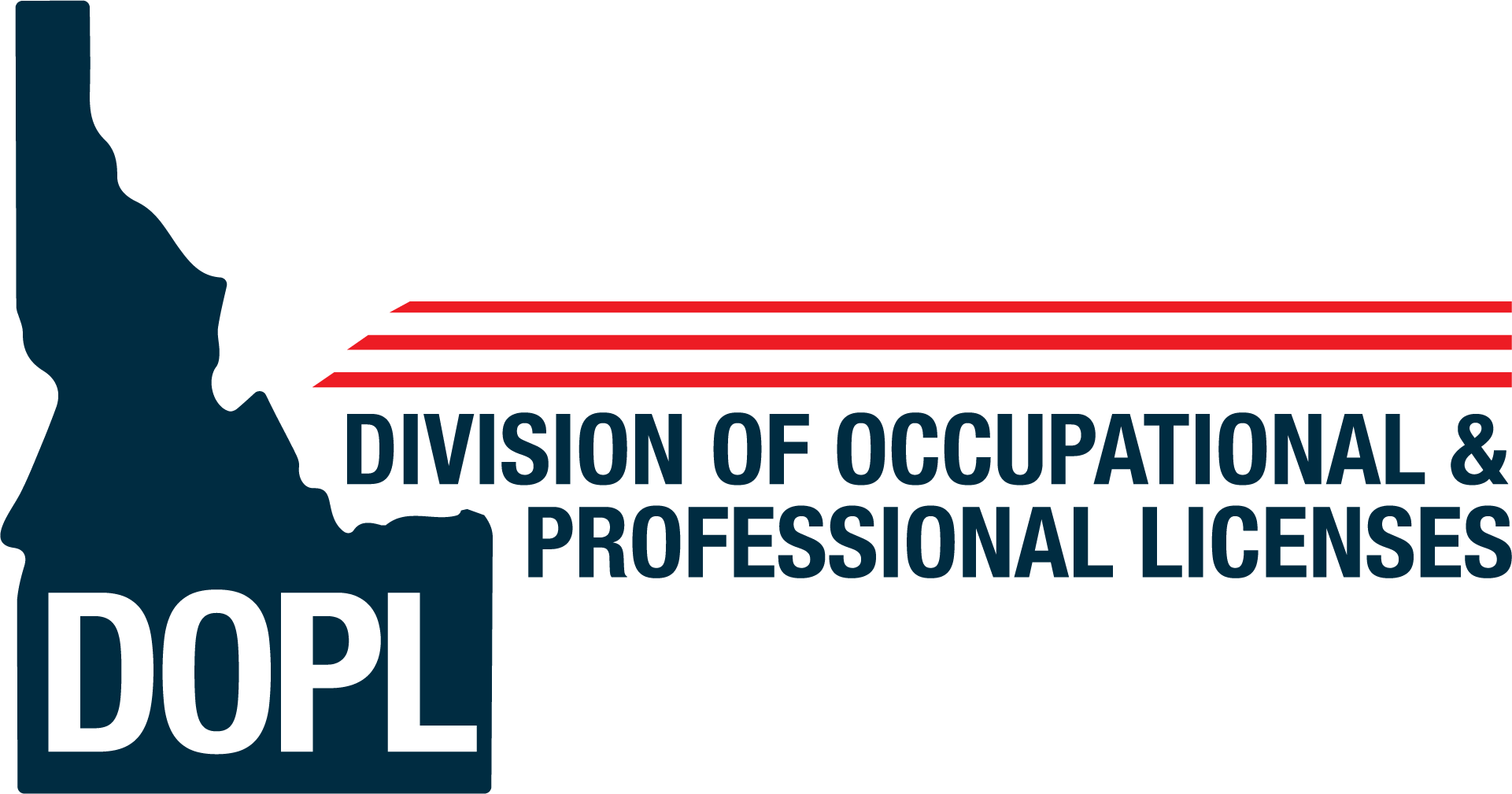Summary of 2023 Rule Changes Relevant to Guides
- Guide Licensure
- Guides will be responsible for their own licenses. This will be implemented with the new DOPL Licensing System in Mid-2024. At this time, the renewal process will proceed the same as last year except that the updated training requirements outlined in the new Rules are in effect.
103.02 Activity-Specific Qualifications
- These will include updated training requirements.
a. Hunting.
- Has specified training for both the activity and the outfitter’s operating area.
d. Float or Power Boating on Unclassified Water.
- Changed to at least one (1) complete commercial float or power boat trip on each of the river sections or lakes applied for.
e. ATV-UTV-Snowmobiling
- Now includes at least ten (10) days of experience in the outfitter’s operating area.
f. Snow-Based Non-Motorized Travel in Avalanche Terrain
- Added language to clarify what is required.
g. Rock Climbing/Mountaineering
- Specified requirements were added to eliminate the need for an appearance before the Board.
h. Equestrian Activities
- Newly added subsection.
103.03 Validity
- A Guide’s license will only be valid in the service of a licensed outfitter.
- Guide licenses will be renewed on a biannual basis—this will not begin until mid-2024 at the earliest.
- License Production
- When engaged in licensed activities, licensees must provide proof of licensure and provide proof of the guide’s employing outfitter, upon request.
- Boat Transport of Hunting Clients
- Unless licensed or in an agreement with a licensed outfitter, a boatman licensee must not transport big game hunters to any hunting area.
American Red Cross First Aid class is the baseline
class for the First Aid requirement.
Any other classes need to cover the same topics and be
at least 2 hours long, whether online or in person.
Topics covered must include:
Before Giving Care and Checking an Injured/Ill Person:
- Recognize an
emergency
- Prioritize care
for injuries and sudden illnesses
- Good Samaritan
laws
- Identify the
difference between (expressed) consent and implied consent
- Identify how to
reduce the risk of disease transmission when giving care
- Explain how to
activate and work with the emergency medical services (EMS) system
- Explain when to
move an injured or ill person from a dangerous scene
- Explain how to
check a conscious person for life-threatening and non-life-threatening
conditions
- Identify the
signals of shock
- Describe how to
minimize the effects of shock
- Demonstrate how
to check an unconscious person for life-threatening conditions
First Aid Skills:
- Identify the
signals of common sudden illnesses
- Describe how to
care for common sudden illnesses
- Describe how to
care for someone who is having a seizure
- Identify the
signals of heat-related illnesses and cold-related emergencies
- Describe how to
care for heat-related illnesses and cold-related emergencies
- Explain how to
care for head, neck and spinal injuries
- Identify signals
of various soft tissue and musculoskeletal injuries
- Describe how to
care for various soft tissue and musculoskeletal injuries
- Explain how to
care for muscle, bone or joint injuries
- Demonstrate how
to control external bleeding.
- Identify signals
of head, neck and spinal injuries
Other First Aid classes are accepted as long as they
can be certified by the American Red Cross, the American Heart Association, or
the equivalent as approved by the Board
All EMT and higher certifications are accepted.

